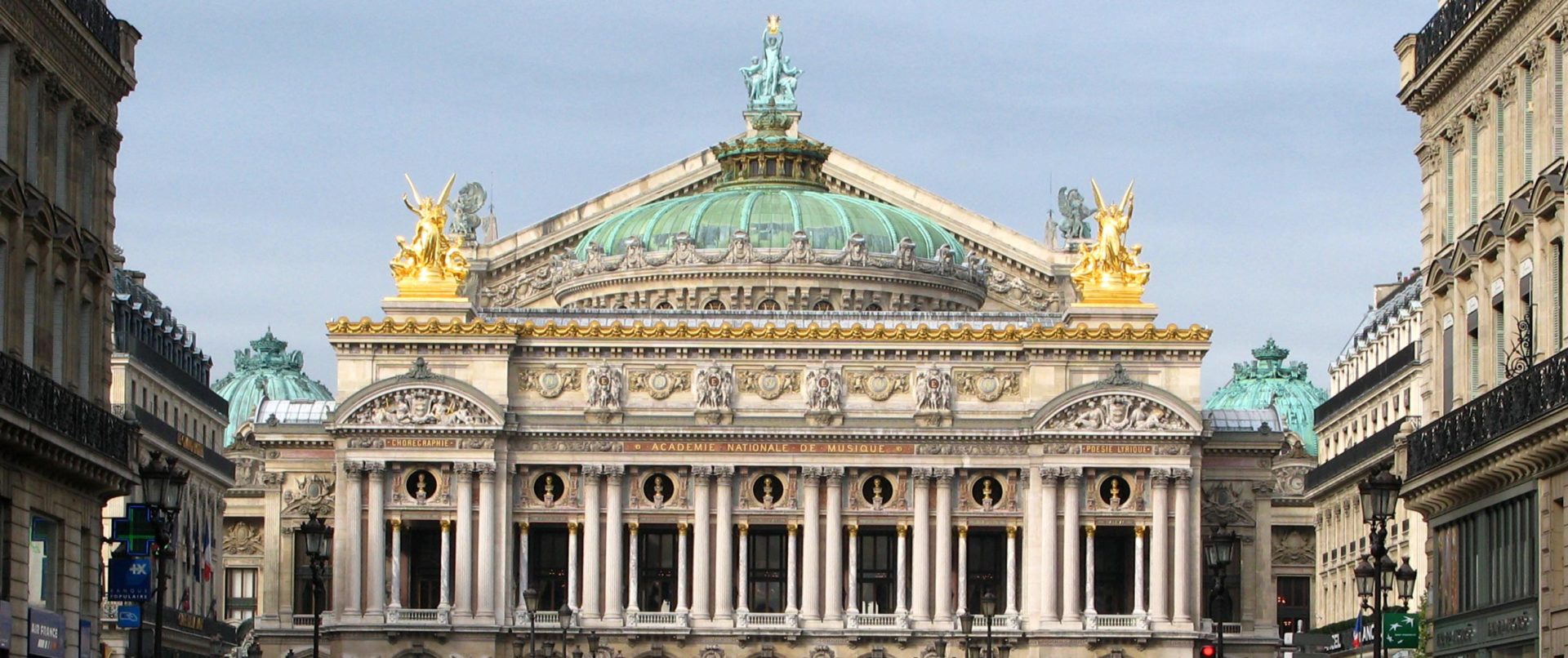
When Empress Eugénie, puzzled by the building's lack of unity, asked him: “What is this style? This is no style, it is not Greek or Louis XVI”, the architect answered: “No, those styles are all outdated, this is Napoleon III”.


With this building, which made him famous, Garnier in effect also invented the architectural style of the Second Empire. The front was unveiled on 15th August, 1867, but the opera-house was only officially opened in 1875, after the fall of the Empire. For fourteen years he devoted himself almost every day to the prestigious building site. It was won by a young architect still unknown at the time named Charles Garnier. A contest in which 171 applicants competed was launched in December.

On 29th September, 1860, Napoleon III ordered the construction of a new opera house to replace the one in rue Le Peletier, a temporary building both too narrow and situated in a congested area of Paris.


 0 kommentar(er)
0 kommentar(er)
